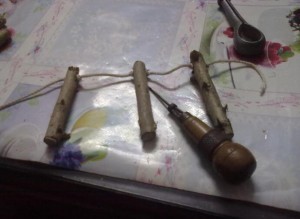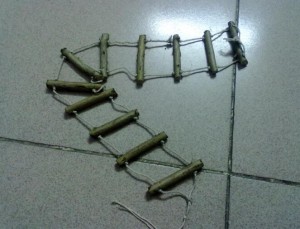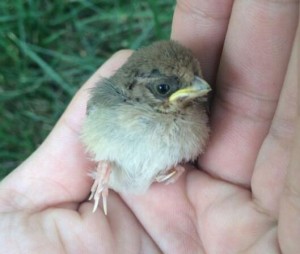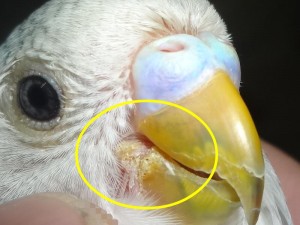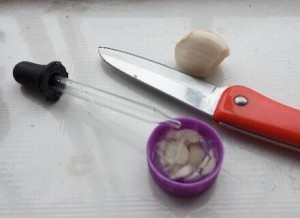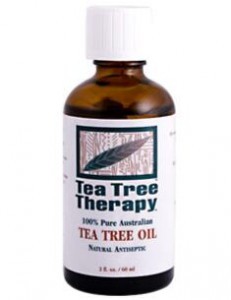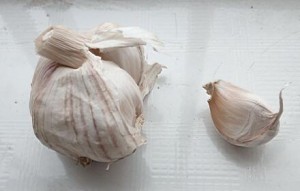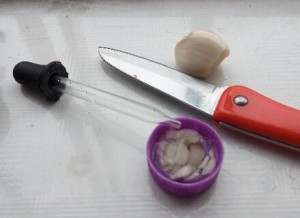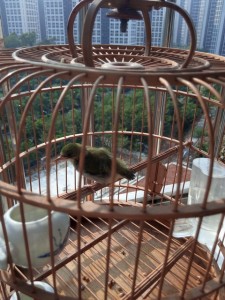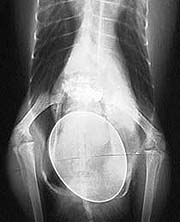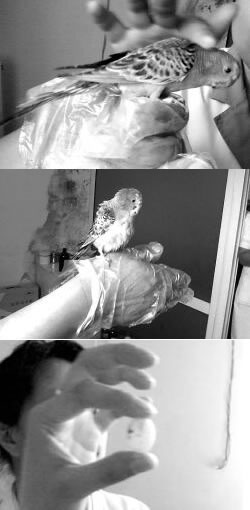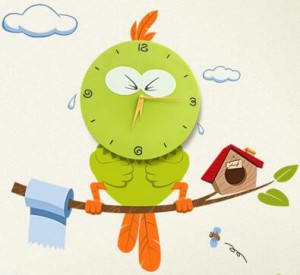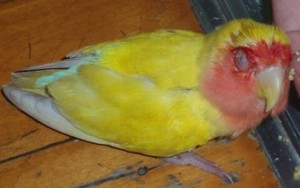Parrots like to climb and bite. A good toy for such a need is a toy ladder. A toy ladder is not only to satisfy the parrots’ need to play fun, but also to allow them do more exercise for its health.
Materials and tools for a toy ladder
Wood sticks, two strings and a hole driller.
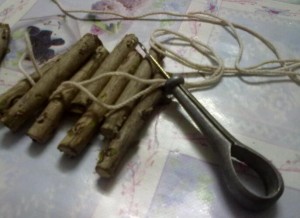
The wood sticks can be sourced from a branch free of pesticides and chemicals, the branch should have a diameter bigger than 1 cm, you know a parrot like to bite, so the wood sticks can’t be too slim. The branch should be treated with boil water and bleach solution to kill the bacteria, then rinse the branch with plenty of water and dry it under sunshine. Cut the branch into wood sticks at a specific length according to the size of your parrot. Decide the quantity of wood sticks and the distance between sticks according to the planned length of the ladder.
The ropes should be coarse and made of organic cotton because the parrot will surely bite them.
Make the toy ladder
Drill holes on two ends of the wood sticks, two cotton rope go through the end holes and tied at two ends of the toy ladder to form two loops that can be hung inside the bird cage.
